Ever since it was launched in 1990 into low Earth orbit, the Hubble Space Telescope has seen mind-blowing things that are quite literally out of this world. Lucky for everyone back on Earth, the space telescope is properly equipped to take photos that scientists and regular citizens alike can ogle at.
The Hubble Space Telescope, however, will not be around forever. It is 31 years old, after all, and everyone had a glimpse of what losing the Hubble Space Telescope would be like after it went offline all of a sudden in June.
As we all hope that the Hubble Space Telescope can stick around for many more years, here is a look back at the different galaxies in the vastness of the universe that it has been able to take photos of.
But First, What is the Hubble Space Telescope?
The 31-year-old Hubble Space Telescope is defined by the National Aeronautics and Space Administration (NASA) as "a large, space-based observatory, which has revolutionized astronomy since its launch and deployment by the space shuttle Discovery in 1990."
The space telescope has been named after astronomer Edwin Hubble.
Scientific instruments have been added to the Hubble Space Telescope throughout the years. According to NASA, there have been five astronaut servicing missions that he updated and replaced parts of the space telescope.
Through the years, the Hubble Space Telescope has taken photos of countless space objects. It has captured photos of planets, moons, stars, black holes, and even galaxies.
Related Article: Hubble Celebrates 30th Anniversary Of Supernova 1987A With Spectacular Images
Hubble Space Telescope Images of Galaxies
Speaking of galaxies, who knows just how many they really are out there in the universe. But thanks to the Hubble Space Telescope, scientists have been able to discover and learn more about the galaxies out there.
Here are some of the galaxies that the Hubble Space Telescope has snapped photos of:
NGC 691
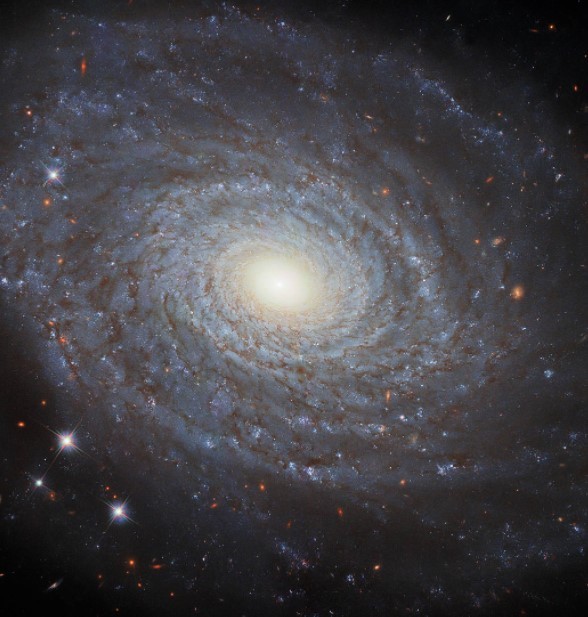
NGC 691 is located 120 million light-years away from our planet. This photo was taken by the Hubble Space Telescope using its Wide Field Camera 3.
NGC 1385
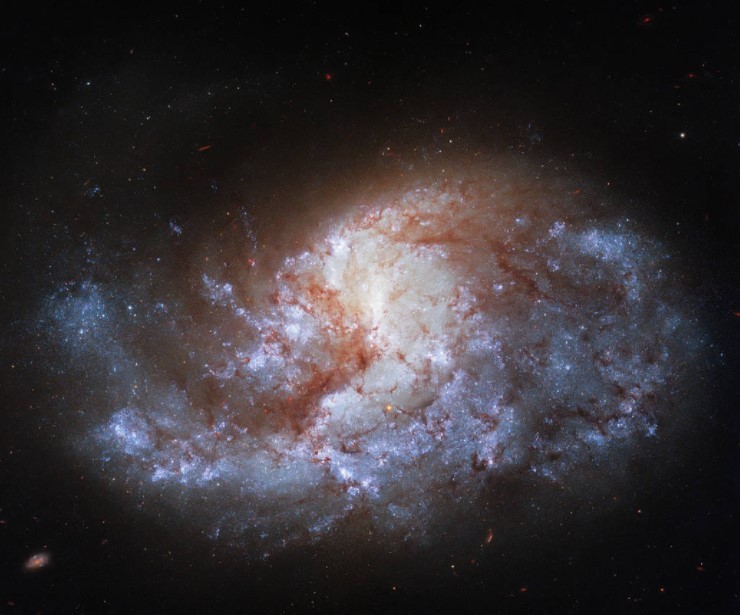
NGC 1385 is a spiral galaxy located 68 million light-years away. It is found in the Fornax constellation.
NGC 2442
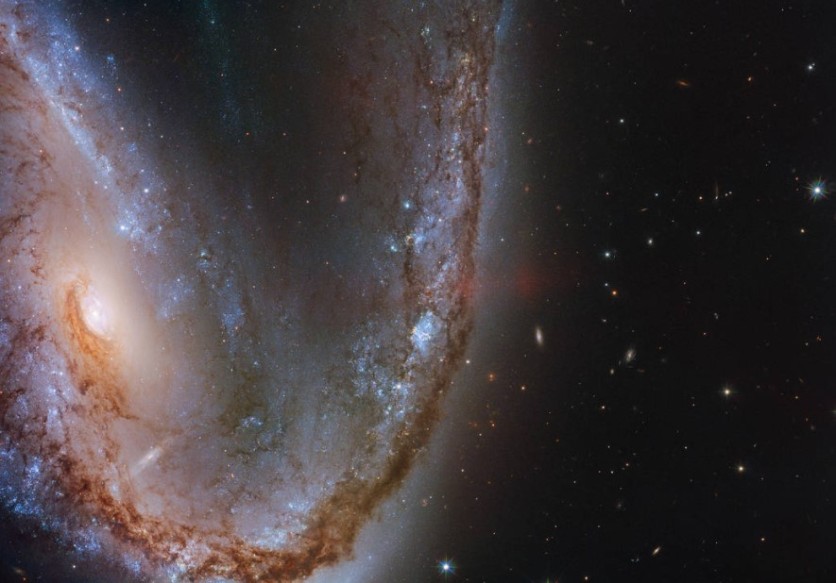
Otherwise known as the Meathook galaxy, NGC 2442 has an irregular shape that once hosted a supernova explosion.
NGC 5037
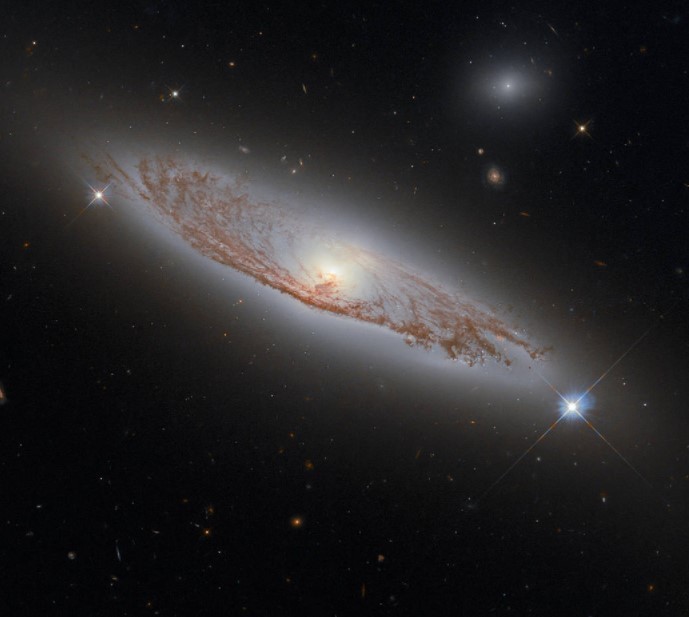
NGC 5037 is a spiral galaxy located in the constellation Virgo. It was first documented in 1785 by William Herschel.
NGC 5585
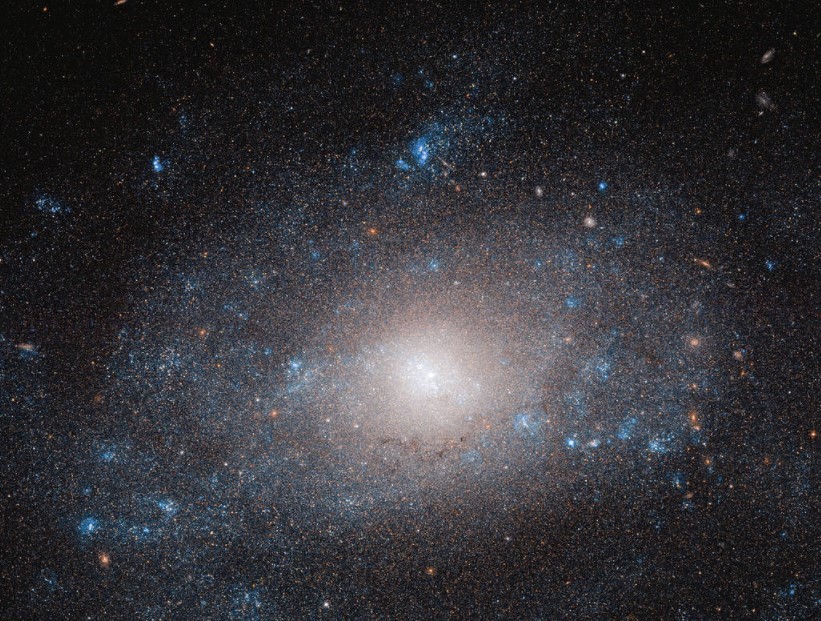
This galaxy is located in the tail of the Great Bear, which is part of the constellation Ursa Major.
Other Space Objects the Hubble Space Telescope Has Taken Photos Of
As previously mentioned, the Hubble Space Telescope has also taken photos of other space objects other than the many galaxies in outer space. These include:
AFGL 5180
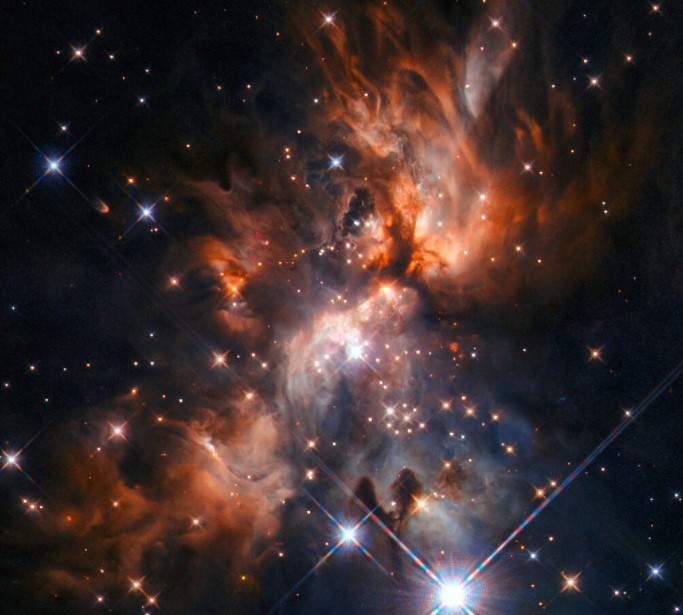
AFGL 5180 is what NASA refers to as a "stellar nursery." AFGL 5180 is located in the constellation Gemini.
AG Carinae

The AG Carinae is an example of a "celebrity star" and is one of the brightest stars in the galaxy.
Quasar Tsunamis
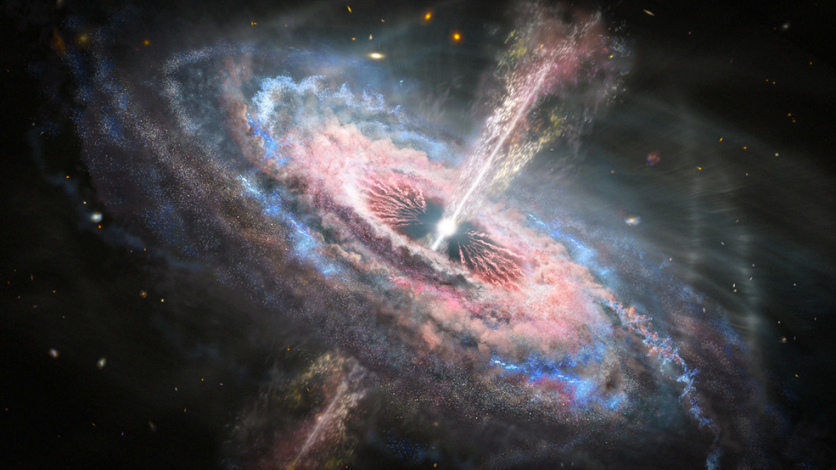
According to NASA, "a team of astronomers has discovered the most energetic outflows ever witnessed in the universe. They emanate from quasars and tear across interstellar space like tsunamis, wreaking havoc on the galaxies in which the quasars live."
This article is owned by Tech Times
Written by Isabella James
ⓒ 2025 TECHTIMES.com All rights reserved. Do not reproduce without permission.




